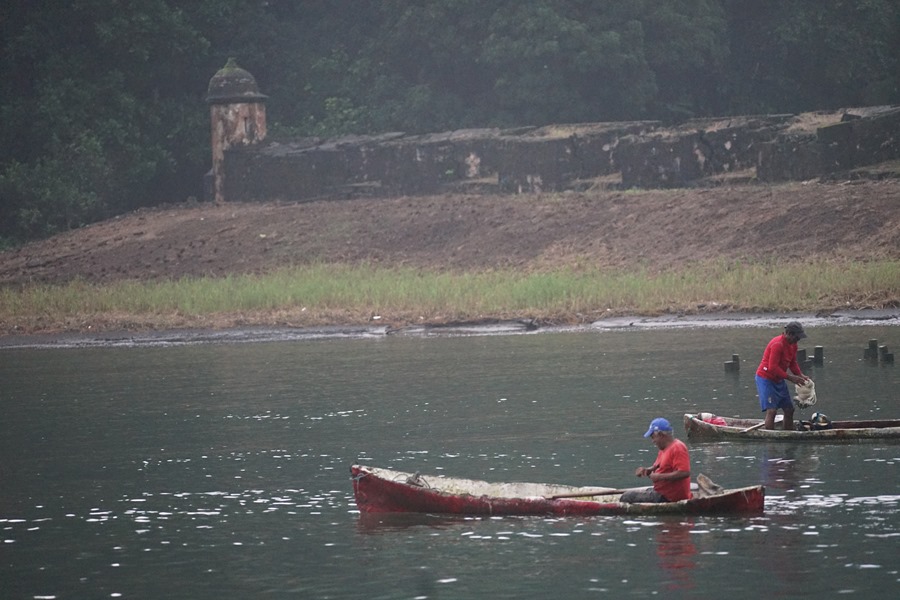
Our first day out on Tika we did a short 20 miles in 3 hours and anchored next to the 255 year old ruins in the small bay of Portobelo.
We were blessed with internet here and had fun reading about how Christopher Columbus named this deep natural harbour in 1502 when he stopped here on his 4th voyage around the world! It was a centre for silver exporting before the mid-eighteenth century and was attacked numerous times by pirates, English privateers and the Royal Navy..
We read stories like the one where 200 French and English pirates united and landed 3 days march away from the port and walked in. They were spotted by a farmer who ran ahead to warn the fort but the pirates were too close behind him and the fort inhabitants, thinking that a great army had arrived, fled. The buccaneers spent three days plundering the fort under the constant fear that the Spaniards would return, but made it safely back to their ships where they received 160 pieces of eight per man. At the time, one piece of eight would pay for a night’s stay at the best inn in Seville ![]()
The ruins were really cool to explore..The Spanish architecture on the guard towers overlooking the Caribbean sea and the lush, misty rain-forest backdrop (complete with chattering monkeys) gave it a magical feeling and our research into the rich history of the place helped us imagine life as it would have been in the fort, fierce battles and the view of great ships entering the bay…
The British did eventually destroy the city of Portobelo in 1739 as an offensive in the Spanish/British conflict the “War of Jenkins Ear.’
With a name like that we had to find out more and luckily, our internet access prevailed…
Robert Jenkins was a captain of a British merchant ship, whose ear was severed by Spanish coastguards in 1731. The severed ear was exhibited before the British Parliament and provided the impetus for a war against the Spanish Empire (how very British!!)
The taking of Portobelo was widely celebrated in Britain with the Admiral in charge of the assault- Edward Vernon being awarded more medals that any other 18th Century figure. Portobello Rd in London was named in honour of his Victory.
Although the fort was rebuilt in 1751, it never attained its former prominence and in time became a virtual ruin. Later, much of the outermost fortress was dismantled to build the Panama Canal and many of the larger stones were used in the construction of the Gatún Locks.
Today Portobelo is a sleepy town with a population of 3000 and the ruins are UNESCO world heritage sites.
We explored the crumbling town of Portobelo on a Sunday so most of the inhabitants were crammed into the large barn-like church in the town centre. It is a squat little waterside village built around more ruins and with an elevated backdrop of a densely forested hillside.
The eclectic mix of 18th century ruins, massive Spanish-built public buildings, brightly coloured shacks, colourful (and multiple) satellite dishes, coca-cola signs, Catholic shrines, flapping washing lines and blasting music on both the streets and out onto the bay from the waterfront buildings, was a complete meld of ages, culture, the rich and the very poor. That Latin American, happy-go-lucky, lazy and laid back ambience along with the ever-present dankness, mould and decay of the tropics infiltrated it all…
From Portobelo we headed out in the afternoon and hopped about 10 miles upwind to Turtle Cove..
A lot of Caribbean sailing involves careful navigation around reefs and bombies and we were particularly nervous coming into Turtle Cove with this stark reminder about what can happen in big swells and without knowing exactly where the deeper channels are.. 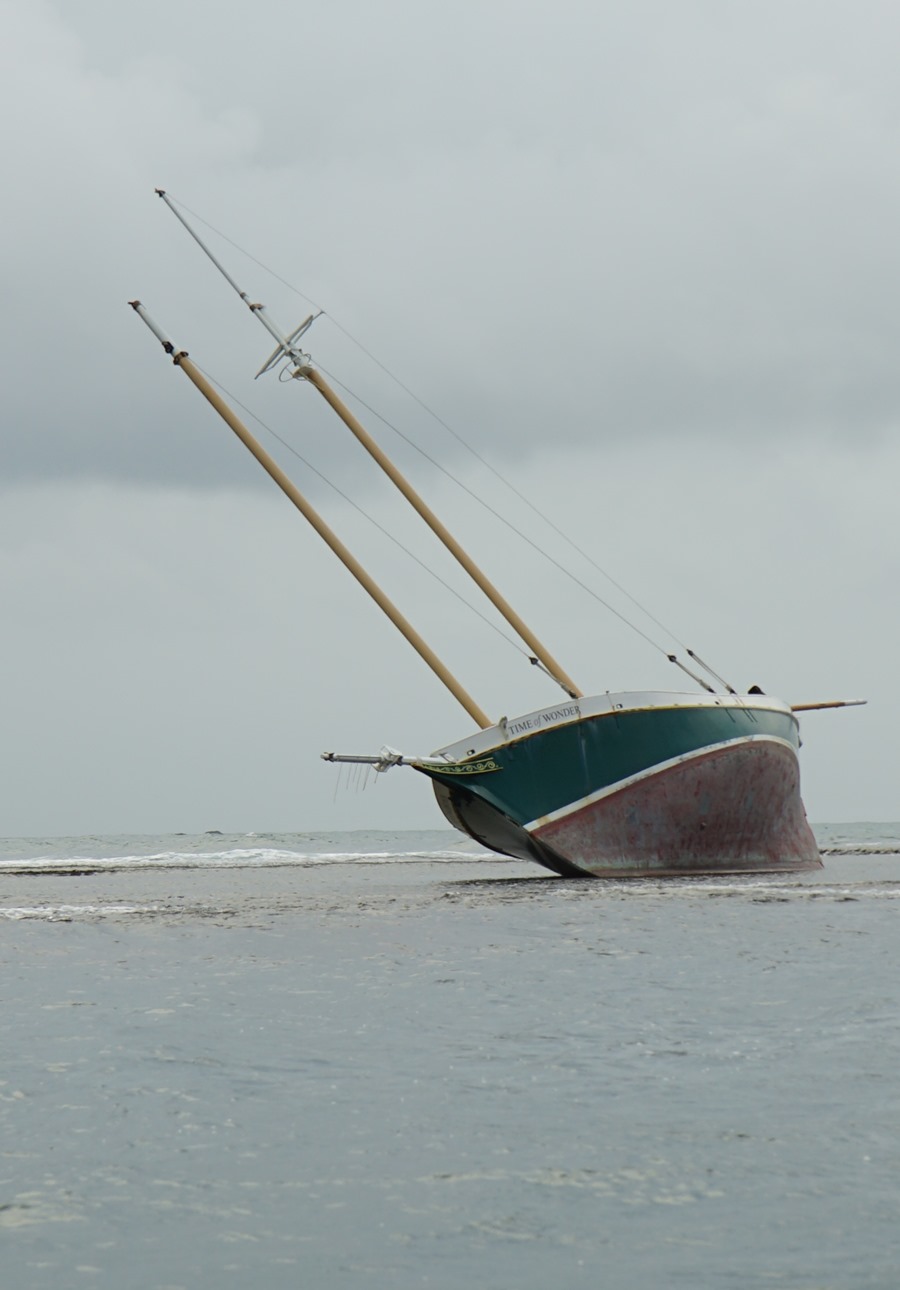
There is a marina at Turtle Cove but we chose a slightly rolly anchorage in the bay….….an afternoon at the beach and a night in the cove and we were off.. looking forward to Kuna Yala…
The sail from Turtle Cove to the Lemmon Cays in the Kuna Yala Island group was a 5.5hr upwind beat in sloppy 1.5-2m seas…. Myself and Jaiya were both a little woozy (yikes!) and preferred to sit on the top of the coach-house with the wind in our faces!
Apparently Kai and Russ were also a tad nauseous but it didn’t seem to slow Kai down and he spent a lot of time in the saloon looking at the navigation equipment, estimating the lay line and planning our tacks. I suspect that ‘iron-guts’ Russ just said he felt sick to make us feel better…he was like a kid with a new toy happily adjusting the sails and regularly declaring our speed (7 knots in 10 knots of true wind)
Basically the captain is ecstatic about his choice in boats and how beautifully Tika sails upwind ![]()
next post: our first ever drone footage and the gorgeous, gorgeous, gorgeous islands…
This entry was posted in The Sail.
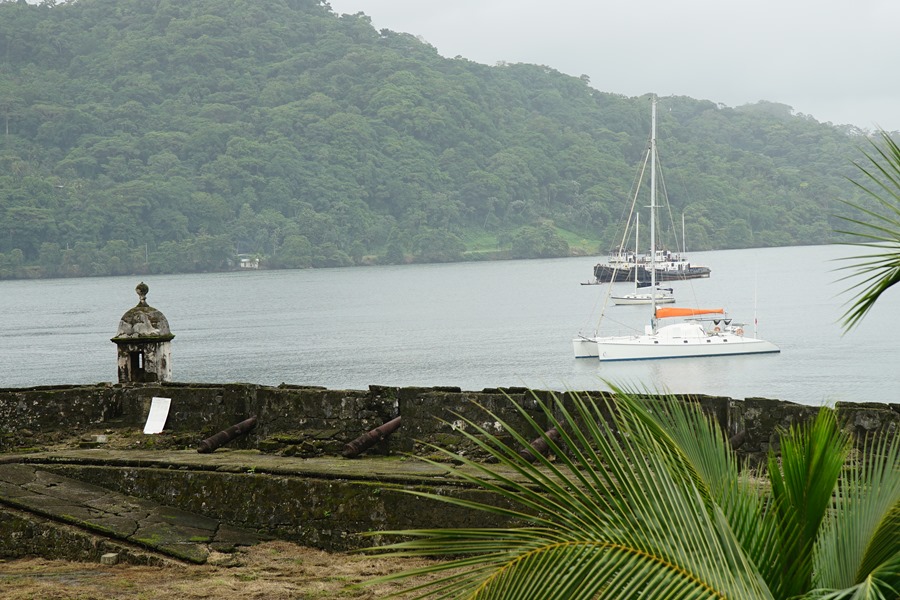
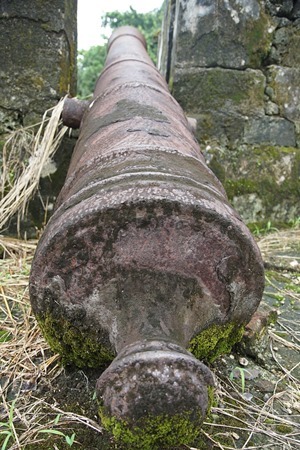
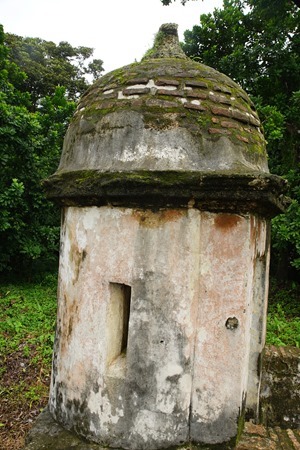
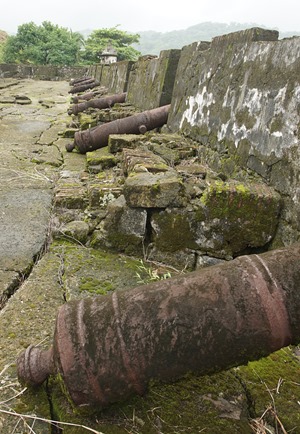
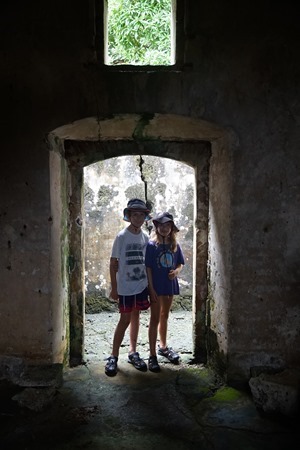
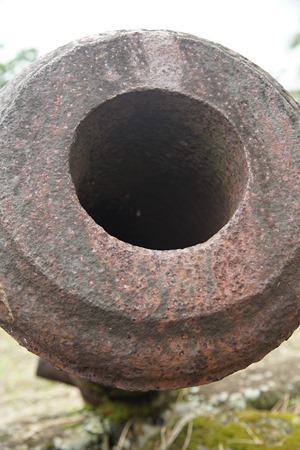
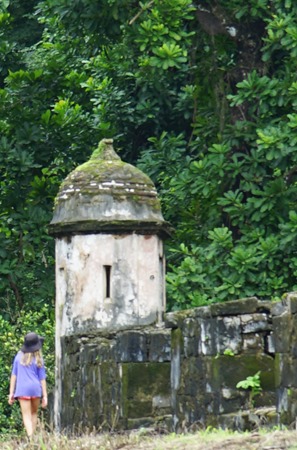
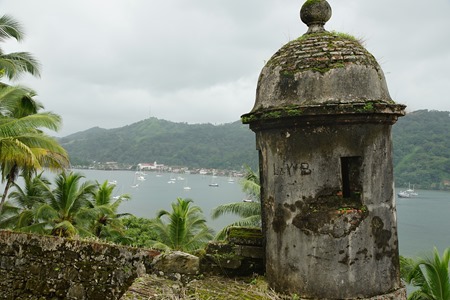
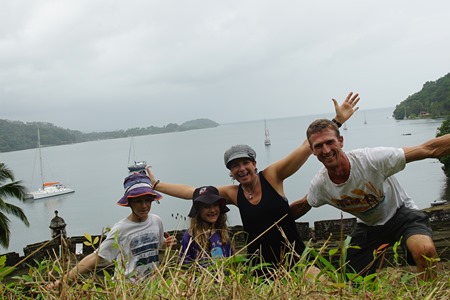
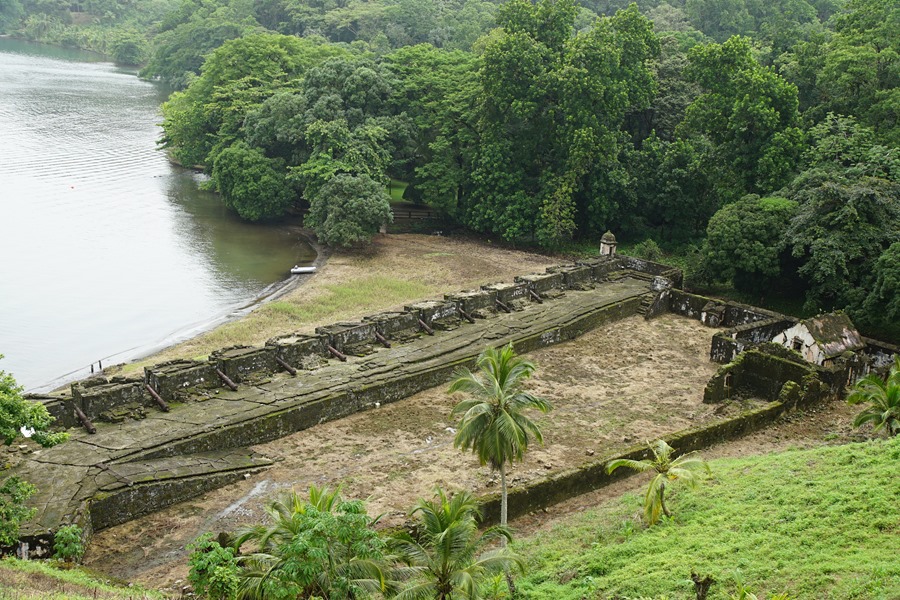


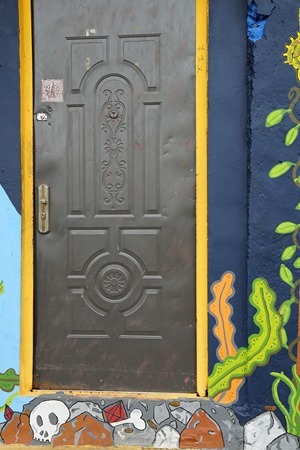
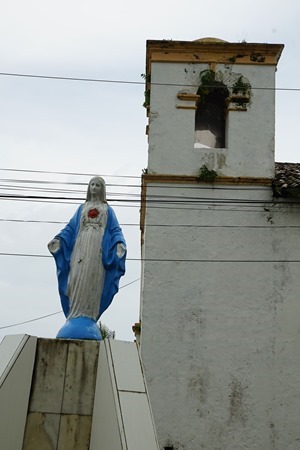
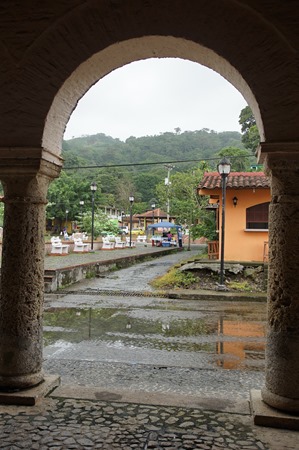
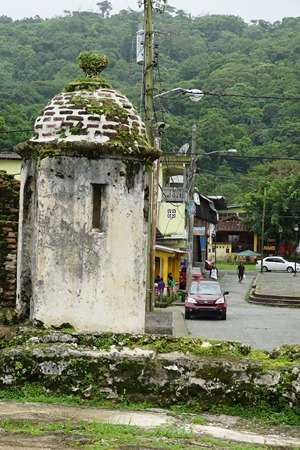
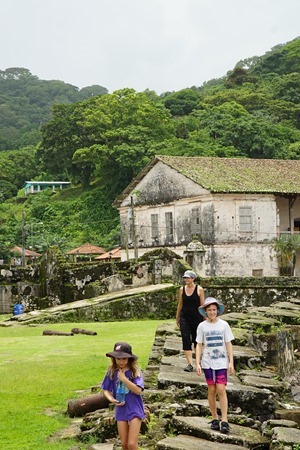
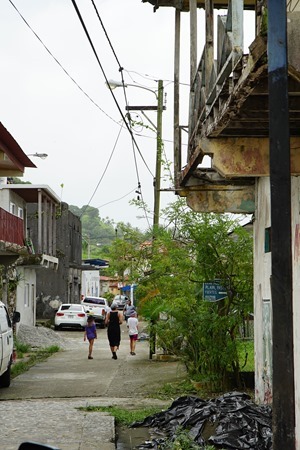
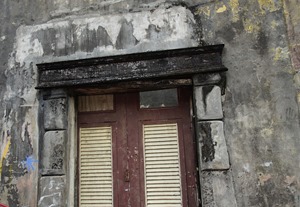
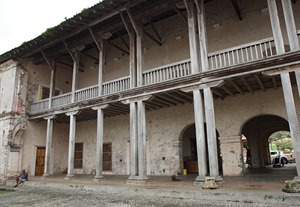
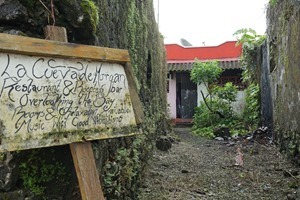
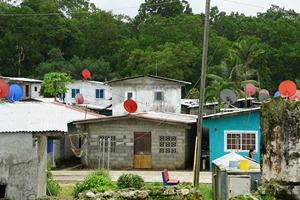
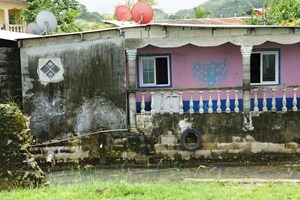
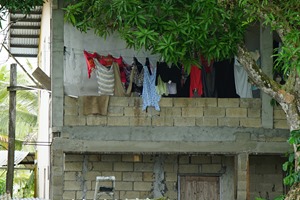
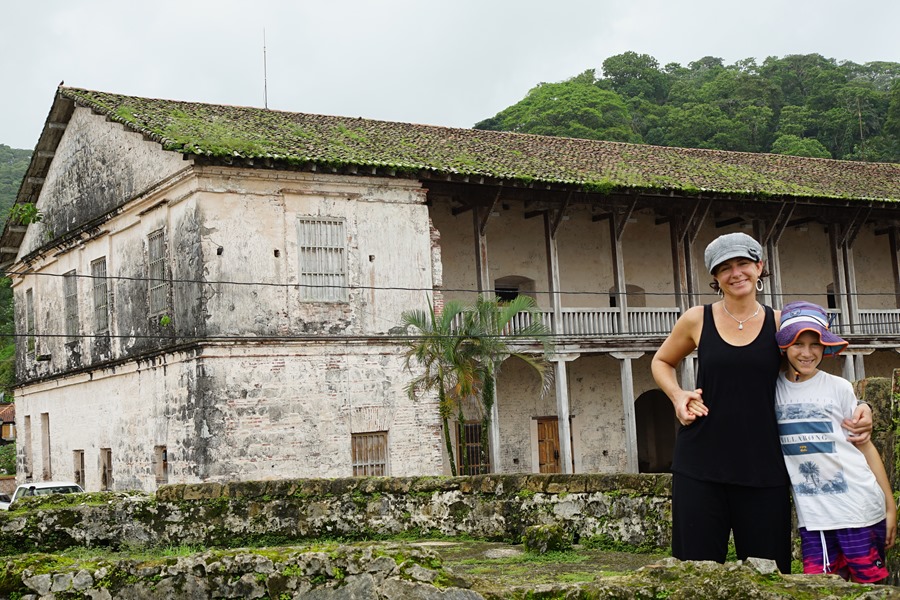
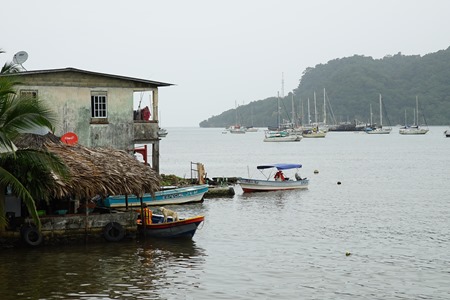
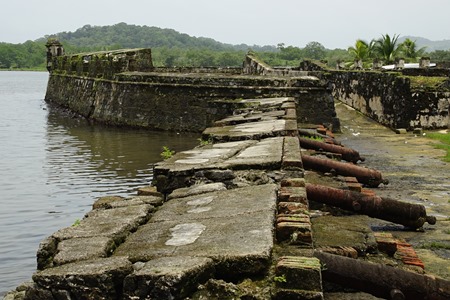

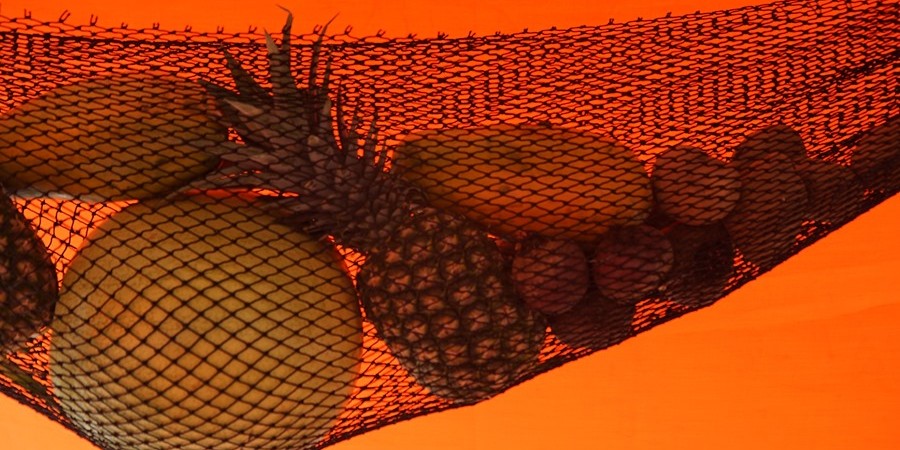
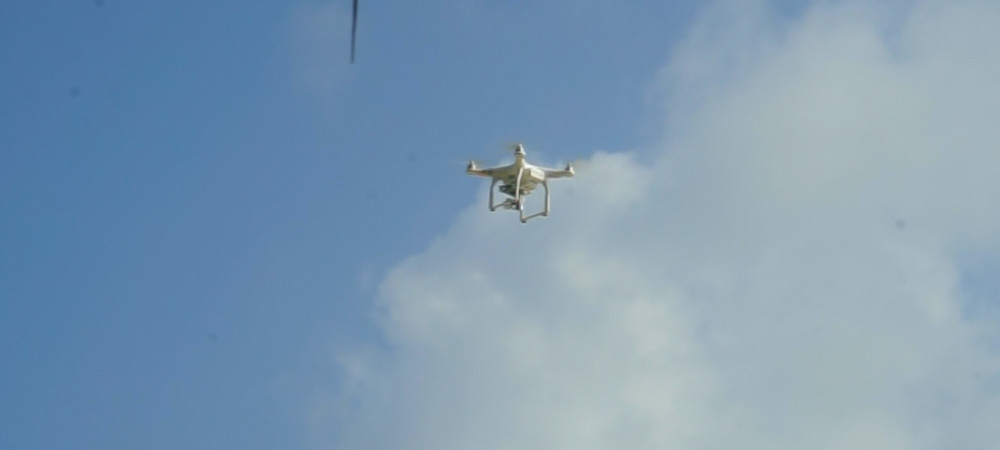
Love your work – including Kai’s drone commentary. Wow – how far will the education stretch (for both young and old) – and you’ve only been out there a couple of weeks. Yes – we drool – but not too jealous. Keep those colourful narratives coming. Ralph & Yvonne – Papa & Granny
(and back here we are immersed in the grub of politics)
great reading about your adventures Greer and Rus take care of yourselves and enjoy every moment
Cheers Irene and Anne we will keep following your journeys